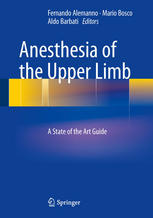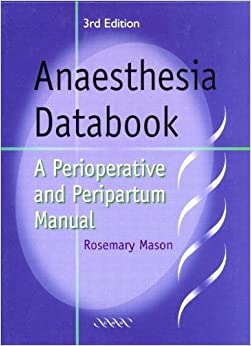Description
“Anesthesia of the Upper Limb: A State of the Art Guide” is a specialized resource that focuses on anesthesia techniques and considerations for surgical procedures involving the upper limb, including the shoulder, arm, and hand. This guide is designed to provide insights into the specific anesthesia needs of patients undergoing upper limb surgery. Here’s an overview of what you can expect from this resource:
- Upper Limb Surgery:
- The guide addresses anesthesia techniques and strategies for a wide range of upper limb surgical procedures, which can include shoulder arthroscopy, elbow joint replacement, hand surgery, and more.
- Regional Anesthesia:
- Regional anesthesia techniques, such as brachial plexus blocks and peripheral nerve blocks, are often emphasized as they are commonly used for upper limb procedures. These techniques provide targeted pain relief.
- Patient Positioning:
- Anesthesia providers must consider patient positioning and comfort during upper limb surgeries, which can vary based on the specific procedure and surgical approach.
- Choice of Anesthetic:
- The guide discusses the selection of anesthetic agents and methods, including general anesthesia, regional anesthesia, or a combination, depending on the patient’s medical condition and the surgical requirements.
- Monitoring:
- Continuous monitoring of vital signs and neurological function is essential, given the proximity of upper limb procedures to critical structures.
- Patient Communication:
- Effective communication with the patient during upper limb surgery is important, as some patients may prefer to be awake and alert during the procedure, especially in hand surgery cases.
- Anesthetic Complications:
- Anesthesia providers are trained to manage potential complications or adverse reactions to anesthesia specific to upper limb procedures.
- Multidisciplinary Collaboration:
- Collaboration with surgeons, orthopedic specialists, and surgical teams is vital to ensure coordinated patient care and a successful surgical outcome.
- Postoperative Care:
- The guide may include information on postoperative pain management and the transition of care from the operating room to the recovery or rehabilitation area.
- Informed Consent:
- Patients are typically informed about the choice of anesthesia, potential risks, and benefits, enabling them to make informed decisions.
- Emerging Techniques:
- Advances in upper limb anesthesia techniques and technology may be discussed, reflecting the evolving landscape of medical practice.
“Anesthesia of the Upper Limb: A State of the Art Guide” is a valuable resource for anesthesia providers, surgeons, and healthcare professionals involved in upper limb surgery. It offers specialized knowledge and strategies for ensuring the safe and effective administration of anesthesia during these procedures, with an emphasis on optimizing patient comfort and outcomes. The book is likely to provide insights into the latest developments in upper limb anesthesia, contributing to best practices in the field.





Reviews
There are no reviews yet.